 Weber County Utah
Weber County Utah
County | Posted 04-08-2024
Weber County Noxious Weeds
By Cody D. Zesiger | Assistant Professor at Utah State University Extension – Weber & Morgan Counties
Soil and plant disturbance seems to be an obvious cause of weed patches for Weber County residents living near areas of recent development. But why do activities that are good for growth (construction and development) create weedy messes?
Many (but not all) weed species are pioneers. That is, they are good at filling in gaps left in Mother Nature after something disrupts the tenuous equilibrium of plants and animals living in the area.
For example, consider an east bench hillside carpeted in sage brush, tall bunchgrasses, with a light dash of wildflowers, and maybe a lone maple or two. Now picture the same hillside immediately after a wildfire that burns away the vegetation and scatters the resident wildlife. Which plants and animals return earliest?
Scars on the landscape left by disturbance events are often patched by plants that reproduce quickly and die young (think annual and biennial plants), followed by perennial forbs, grasses, and woody plants. The truth is that we are powerless to stop the sprouting and carpeting bare soil by weeds as it is the lot cast countless generations ago for many species (native colonizers and exotic invaders alike). So, you might ask, what can be done?
There are many options depending on the site, its history, legal obligations, and your land management goals.
One prevailing ideology describes weeds as plants interfering with human activities. Therefore, thick carpets of pioneering natives in highly disturbed sights may be considered weeds along with exotic invaders because of the following:
For pioneering species management of highly disturbed areas, please consider the following:
Housing and business development aren’t the only causes of disturbance. For example, disturbance can be caused by human foot traffic forging new trails, vehicles that are off trail, or by livestock with free access to riparian areas. When foot, wheel, or hoof traffic forge additional pathways, new edges and bare spots are carved through plant communities, which increase the area’s vulnerability to exotic invaders. To avoid this, stay on the path, and remove livestock from riparian areas with fencing. There are also a few invasive species that the community can look out for, report to the Weber County Weed Board, and (if possible) exterminate with extreme prejudice.
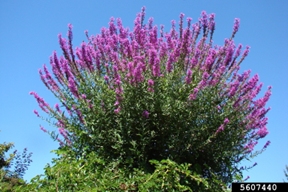
Jennifer Andreas, Washington State University, Bugwood.org
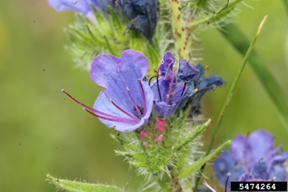
Rob Routledge, Sault College, Bugwood.org
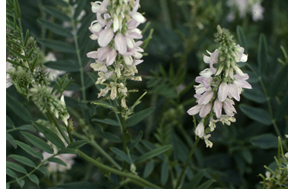
USDA APHIS PPQ, Bugwood.org
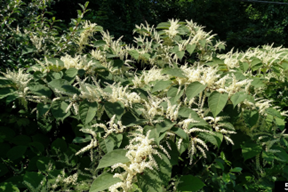
Emma Erler, University of New Hampshire, Bugwood.org
Dry and wooded areas are also vulnerable to disturbance, especially by wildfire. In fact, invasive plants and fire frequency often go hand-in-hand. Exotic annual grass management can greatly reduce the risk of hot, fast-moving fires, but there are a few other invaders that have benefitted from the weakening of plant communities in these landscapes. Be on the lookout for and report the exotic species listed below.
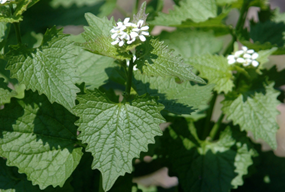
Chris Evans, University of Illinois, Bugwood.org
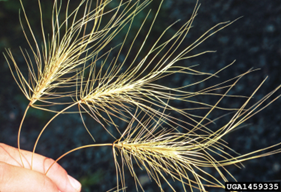
Steve Dewey, Utah State University, Bugwood.org
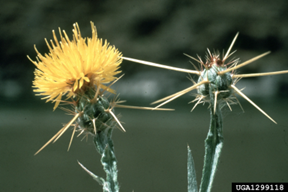
Steve Dewey, Utah State University, Bugwood.org
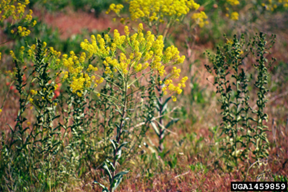
Steve Dewey, Utah State University, Bugwood.org
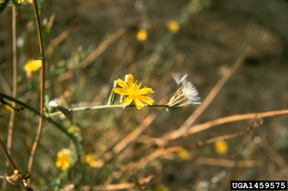
Steve Dewey, Utah State University, Bugwood.org
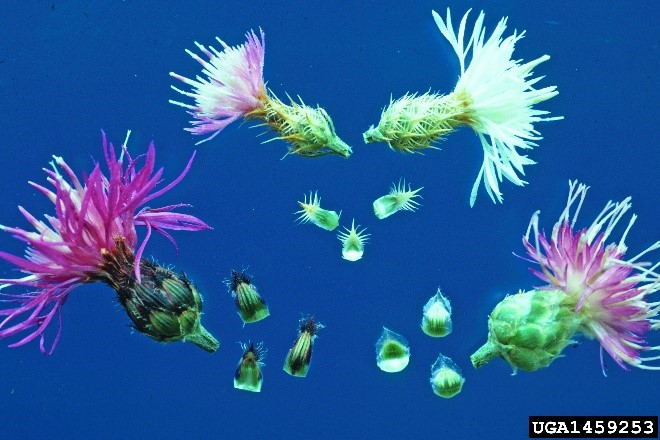
Steve Dewey, Utah State University, Bugwood.org
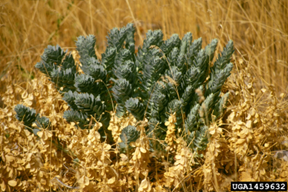
Steve Dewey, Utah State University, Bugwood.org
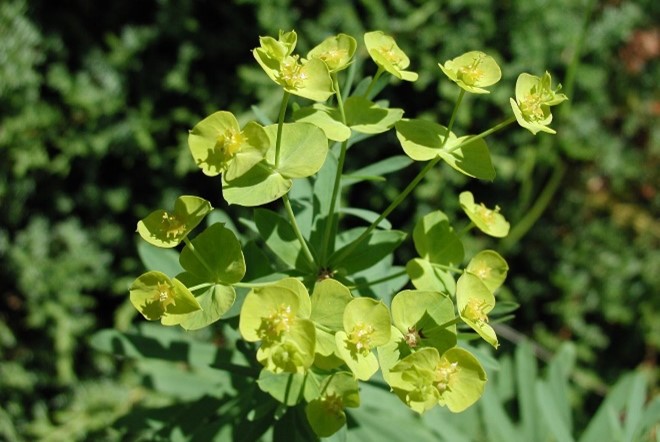
Leslie J. Mehrhoff, University of Connecticut, Bugwood.org
Finally, if all of us want to keep Weber County’s open spaces wild, productive, and tourism worthy, we need to do our part to reduce the negative impacts of our disturbance on the land. One of the best ways to do that is to stop the spread of invaders and actively manage the pioneers after disturbance activities.